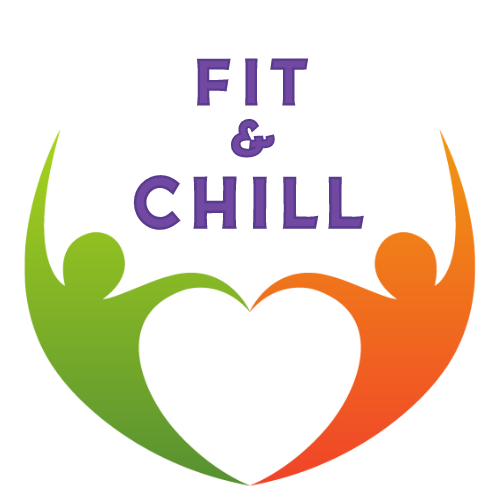Benefits of The Plank Tucks (Right)
- Core Strength: Plank tucks target the entire core, including the rectus abdominis, obliques, and transverse abdominis, helping to strengthen and define these muscles.
- Hip Flexor Flexibility: The knee tuck motion helps improve flexibility and mobility in the hip flexors, which can become tight from prolonged sitting or lack of movement.
- Improved Balance and Stability: This exercise challenges your balance and stability as you engage multiple muscle groups to maintain proper form throughout the movement.
- Functional Movement: Plank tucks mimic real-life movements such as climbing and running, making them a functional exercise for daily activities and sports performance.
- No Equipment Needed: Plank tucks can be performed without any equipment, making them a convenient exercise that can be done anywhere.
Tips for Beginners:
- Start Slowly: Begin with slow and controlled movements to ensure proper form and avoid injury.
- Focus on Form: Maintain a straight line from head to heels throughout the exercise, avoiding any sagging or arching of the back.
- Modify as Needed: If you’re new to plank tucks, you can perform the movement at a slower pace or with smaller range of motion until you build strength and confidence.
- Breathe: Remember to breathe continuously throughout the exercise, exhaling as you perform the knee tuck and inhaling as you extend your leg back.



Leave A Comment